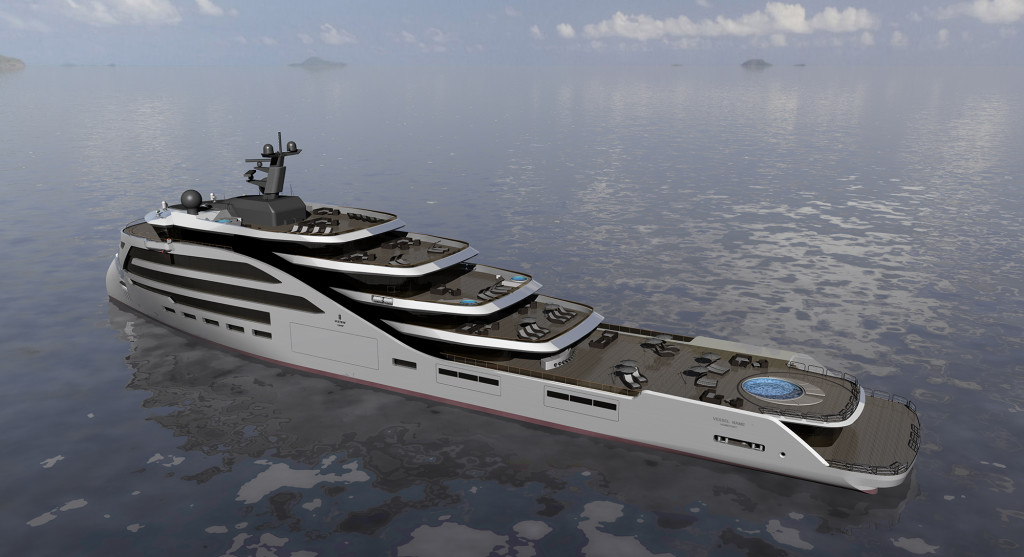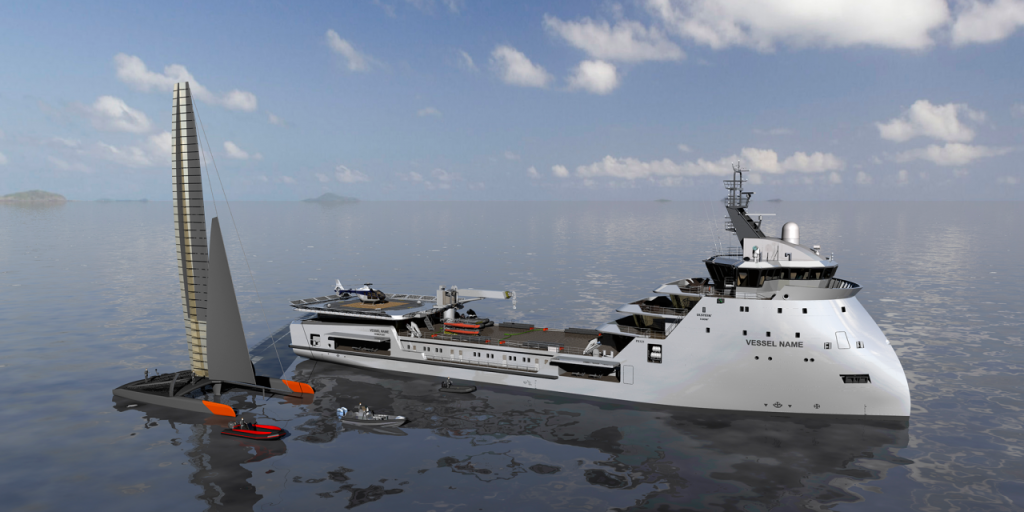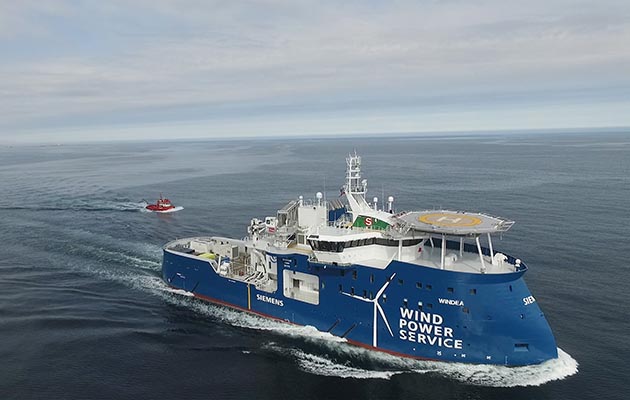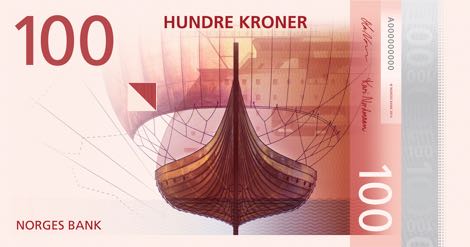[dropcap]U[/dropcap]lstein Verft, the Norwegian shipyard with a century long history in designing, building and repairing work and commercial vessels, enters the superyacht sector and signs a contract on building a yacht for a private owner, one of the world’s biggest ship owners. This will be the first vessel for Ulstein within this segment. The yacht is 88.5 m long and 16.3 metres wide and will be delivered first quarter 2018.
“We are very pleased that we were chosen to develop the marine platform and that our shipyard will be the one to build this vessel. This is a very important contract for us in a new and interesting market”, says CEO Gunvor Ulstein in Ulstein Group.
The marine platform and hull line design is developed by Ulstein Design & Solutions. Exterior design and general arrangement plan (GA) will be supplied by the renowned yacht designer Espen Øino.
“The customer wants the characteristic X-BOW® from ULSTEIN and together with Espen Øino, responsible for the exterior design and GA-plan, we have developed a solid yacht project. We are definitely looking forward to realize this project”, says managing director Kristian Sætre at Ulstein Verft. The planning and engineering work has started and the project will keep a significant part of the Ulstein Verft workforce occupied throughout 2017.



The X-BOW hull line design is a patented innovation by Ulstein Group. The ULSTEIN X-BOW®, the inverted bow concept, redefined marine engineering. The concept was launched in 2005, together with the first shipbuilding contract, and gained immediate interest from shipowners. The X-BOW hull line design has been tried in all weather conditions, and up to now the yard has built more than 100 vessels with this bow concept, which is among the main contributions to maritime history. Yacht support vessels with ULSTEIN X-BOW® give high flexibility in customer specific arrangement of deck.
“As an offshore expert, we know how the seas can hammer and batter a vessel. The abrupt stops from slamming in head seas can be a potential danger to crew and passengers, and reduce the well-being and effective rest for all on-board. The X-BOW eliminates slamming from head seas”, comments the company.
In terms of design, the X-BOW introduces the gentle displacer; a tapered fore ship shape with a different volume distribution as well as sectional angles, resulting in a wave piercing effect at small wave heights, and also reduces pitching and bow impact loads in bigger seas. When comparing fore ship volumes with more conventional, bulbous bow shapes, the X-BOW has more displacement volume starting from the waterline.
In terms of comfort, the X-BOW’s soft entry in waves highly improves the on-board comfort, and leads to a substantial reduction in noise and vibrations. Even on the lower decks, crew and guests will experience uninterrupted rest. As to safety, it is increased. The shape and enclosed nature of the X-BOW helps to ensure minimised risk of spray, avoiding the hazard or nuisance of slippery or icy decks. The soft motions in waves reduces wear-and-tear to the hull. But also in terms of efficiency and operability, the X-BOW shape is the perfect solution because it leads to lower speed loss and the captain has the choice of keeping up speed while maintaining comfort. The vessel will be able to operate more quickly and efficiently in adverse conditions at sea, with shorter time spent transiting harsh sea areas.
The ULSTEIN X-BOW design appears on the NOK 100 note
When Norges Bank (the central bank of Norway), launched their new series of notes, the ULSTEIN X-BOW design appears on the NOK 100 note.
“The primary motif on the 100-krone note is the Gokstad ship, which is Norway’s largest preserved Viking ship. The ship was built around 900 AD and was found in a burial mound in 1880. In the background is the X-BOW® bow design from Ulstein.
These different vessel designs together suggest that the ability and desire to find new and better ways of movement have always been essential for coastal Norway and the country’s business sector.
In the Viking Age, in vessels like the Gokstad ship, one could sail along the entire coast and abroad for trade, piracy, battle or colonisation. Today, the Viking ship gives us the opportunity to travel in completely different ways. We can sail into the past and live vicariously in the world of our ancestors.
As Norwegians we carry with us a long and rich history of surviving along the coast and out at sea to fish, trade and transport goods – from Saga Age merchants to today’s international shipping companies.”
[divider style=”dashed” top=”20″ bottom=”20″]
ulstein.com



